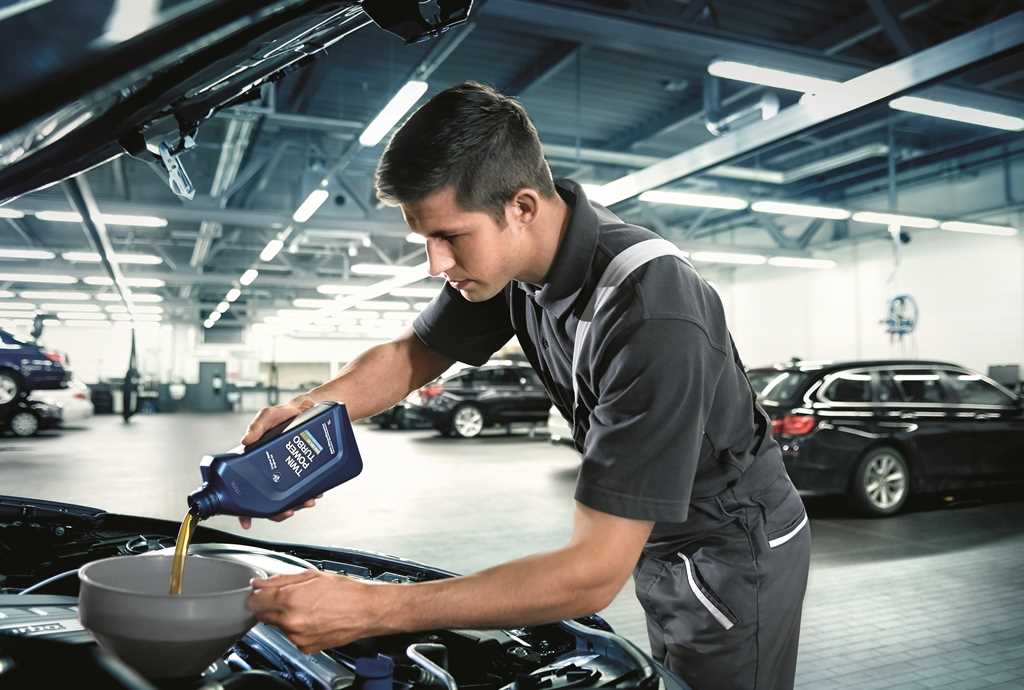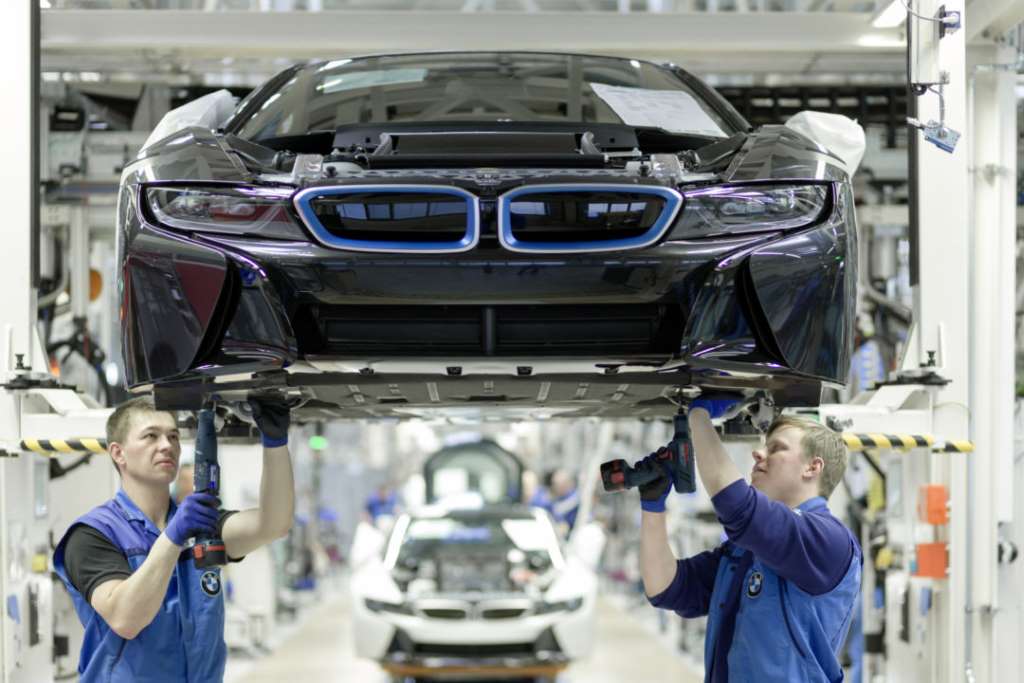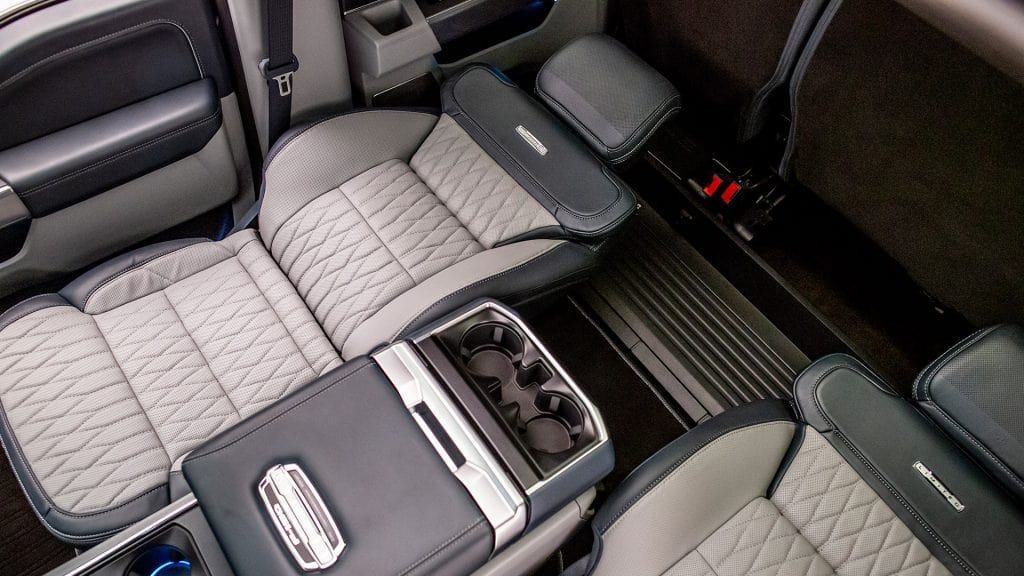Are BMWs Expensive To Maintain?
Not all car maintenance procedures are the same and have the same price. So are BMW expensive to maintain? In case you wonder, let’s follow along!
Maintenance is a necessity and indispensable for every car that wants to keep its condition fresh for longer. However, not all car maintenance procedures are the same and have the same price. Some cars only need a few operations and a checklist that is not too long for one maintenance procedure, some do not, for example, BMW.
The BMW line-up has long famous for its top maintainer of customer loyalty of any car brand in the world. While many believe you can’t price performance; Its cost of ownership and maintenance is higher than most people anticipate or expect. If you’re looking to buy your first BMW or upgrade to a newer model; you should educate yourself about maintenance and repair costs before purchasing.
Are BMW Expensive To Maintain?
You most likely already know that BMW is expensive to maintain. But, if you fancy a BMW, that’s the price you have to pay. The industry standard for average maintenance costs is close to $700 per year. Unfortunately for BMW owners, costs are rising to almost double the annual average for other brands.
Overall, the average price to maintain a BMW is close to $1,000 per year. It’s worth noting that this number is a national average, meaning it can vary from state to state depending on factors like the tax rate in your area.
The BMW service schedule for most 2005 and earlier vehicles is divided into several service categories:
- The first service will be an oil change every 8,000 to 10,000 miles based on driving style. BMW considers fuel economy based on the “Countdown” speed during the maintenance period.
- The next service is called “Check I” about 18,000 to 20,000 miles away. This service includes an oil change, cabin filter check (if applicable), and an inspection of brakes, belts, wipers, lights, battery, charging system, tires and door seals, and hinge lubricants.
- A subsequent oil service return at approximately 30,000 miles and then at 40,000 miles is due for “Inspection II”. It includes everything on Test I but adds an engine air filter, spark plug replacement, valve adjustment (Most “M” cars), and gearbox service (depending on the vehicle).
In addition to the routine maintenance discussed above; BMW vehicles require the brake fluid to be drained every 2 years along with the coolant flush every 3 or 4 years.
BMWs built after 2005 and 2002 and later 7 series use a condition-based system called “CBS Data”. The system is monitored by an internal computer using algorithms based on fuel economy, engine oil temperature, and brake pad thickness sensors. Vehicles equipped with these systems are extremely intelligent and relieve the stress of owners having to remember when their last service was. These systems notify owners of upcoming services before the actual due date to limit “overdue” services.

Below is another summary of the time it takes to perform BMW maintenance services that you can expect to pay in a single visit:
- Engine oil: Change the oil every 3 months or 4,000km/time.
- Oil filter: 2 oil changes correspond to 1 oil filter, from 8,000 – 10,000 km/time to ensure the engine is always clean and well lubricated.
- Engine air filter, and air conditioner filter: 24 months or 40,000 km/time.
- Fuel filter: For new BMW models equipped with direct fuel injection, it is necessary to ensure that the filter works continuously, preventing dirt from sticking to clogging the injectors. Fuel filter time is 2 years or 40,000 km/time.
- Engine coolant: If left for a long time, the coolant will degrade and under-perform, so you should change it after 2 years or 40,000 km/time.
- Brake system: Check the brake after 20,000km/time. Oil bar wins after 2 years or 40,000 km/time.
- Spark plugs: You should replace them every 2 years or 40,000 km/time to ensure efficient fuel consumption and reduce emissions to the environment.
- Steering system: Ideally, you should check the steering system every 20,000 km and change the power steering oil every 40,000 km.
- Refrigeration system: Check and maintain after 24 months or 40,000 km/time.
- Bridge oil, and gearbox oil: Replace after 80,000 km/time.
- Battery: The time to replace the new battery is 3-5 years or after 160,000 km.
- Tires: Replace after 60,000 km/time.
BMW Extra Maintenance Cost
Vehicles equipped with this automated computer system let owners know when to check brake fluid, coolant, oil, transmission, filter, brake pads, and more. This is useful considering unnecessary maintenance. The system also assists in consulting the specific needs of the model.
Remember, having your vehicle serviced at an independently owned repair facility is usually less expensive than going to a dealership. Independently owned repair facilities still ensure that your car is done by certified technicians who install only original factory equipment parts.
Reducing BMW Maintenance Costs
The number one way to reduce your car maintenance costs is to have your car serviced as soon as the onboard computer tells you to do so. Maintaining a diligent and regular maintenance schedule can help eliminate the need for costly repairs in the future by identifying current or potential problems early.
If you buy your BMW from a dealer, it must be covered by a three-year, 36,000-mile manufacturer warranty/warranty for a service called “BMW Ultimate Care.” All scheduled services (including the first spark plug change) are covered in BMW Ultimate Care. Ultimate Care is valid for vehicles 2017 and up and can be extended for up to 7 years/125,000 miles for an additional fee. BMW also offers consumers a variety of maintenance packages that cover different maintenance levels in turn, helping owners to fit within a budget.
After the manufacturer’s warranty expires, BMW maintenance is more expensive than other brands – even other luxury car brands. On average, the cost of maintaining a BMW for more than 10 years can be $5,000 more than the cost of maintaining a car like a Mercedes-Benz. Additionally, a BMW can cost $12,000 more to maintain than a Toyota.
According to experts, BMWs do not break down more often than other cars. The BMW is right in the middle of the group when it comes to reliability. On average, BMW needs to see a mechanic for unscheduled maintenance 0.9 times a year – this is lower than the industry average.
Even at the extra cost, BMW owners love their luxury, high-performance cars. These refined, very comfortable vehicles feature the best safety technology and specifications on the market. BMW continues to lead the way in the automotive industry. Brands are synonymous with status, performance, and safety, making it difficult for other brands to compete with them on this front.
Notices For The Process of BMW Car Maintenance
Choose the center where you plan to have your car serviced
Before deciding to choose a service center for your car, make sure that you have researched the address carefully. Choose well-known units, many years of experience, possessing a knowledgeable technical team about BMW cars, and modern equipment so that your car cares for according to standards, and quality assurance at a reasonable price.
You can ask relatives and friends who have experienced the service there or refer to online reviews and ratings to make the most accurate decision.

You can have your BMW serviced at the dealership or a service center. Each maintenance unit will have its advantages and depending on the level of maintenance as well as financial situation choose the suitable and trustable address.
At the brand center
- Pros: Large scale, modern equipment and machinery system dedicated to BMW cars. A team of highly skilled technicians, knowledgeable about BMW cars, should have a lot of experience in the maintenance and repair of BMW cars.
- Cons: The cost of maintenance at the company will be higher than that of outside centers.
At the private car shop
- Pros: BMW maintenance fees at external centers are often more optimal than at the company, helping customers save costs.
- Cons: The scale of the external centers is not as large as the companies. However, at present, there are still centers outside of serious investment in terms of facilities and equipment. Along with the level of technical staff has also improved significantly and has expertise in many different car models.
Therefore, depending on the time and condition of the vehicle, customers choose the appropriate maintenance and repair address.
A useful piece of advice given to drivers who own BMW cars is that when the car is still in the warranty period, it should be maintained and repaired at the company. As for optimizing the problem of cost savings but still ensuring quality, reputable centers and garages are still a reasonable choice.
Understand your car
You need to understand how to operate the vehicle, its parts, details, and common faults, and how to deal with them quickly. Thereby, limiting unnecessary damage and reducing vehicle wear and tear. As a result, significant savings in vehicle maintenance and repair costs are achieved. To better understand your car, you can find information in the owner’s manual or the website of the company or the BMW community.
Don’t be too tightfisted
Saving costs is a good thing to do in any maintenance project. But if it’s too cheap, it’s like a double-edged knife. Just because of cheap greed, you choose a less reputable maintenance center or floating spare parts, it will not guarantee the quality. At that time, your car may soon encounter problems and the money you spend to repair will be much more expensive.
In addition, poor quality maintenance and repair also have many potential risks that cause unsafety when moving. So, consider and calculate carefully the BMW maintenance cost problem!














